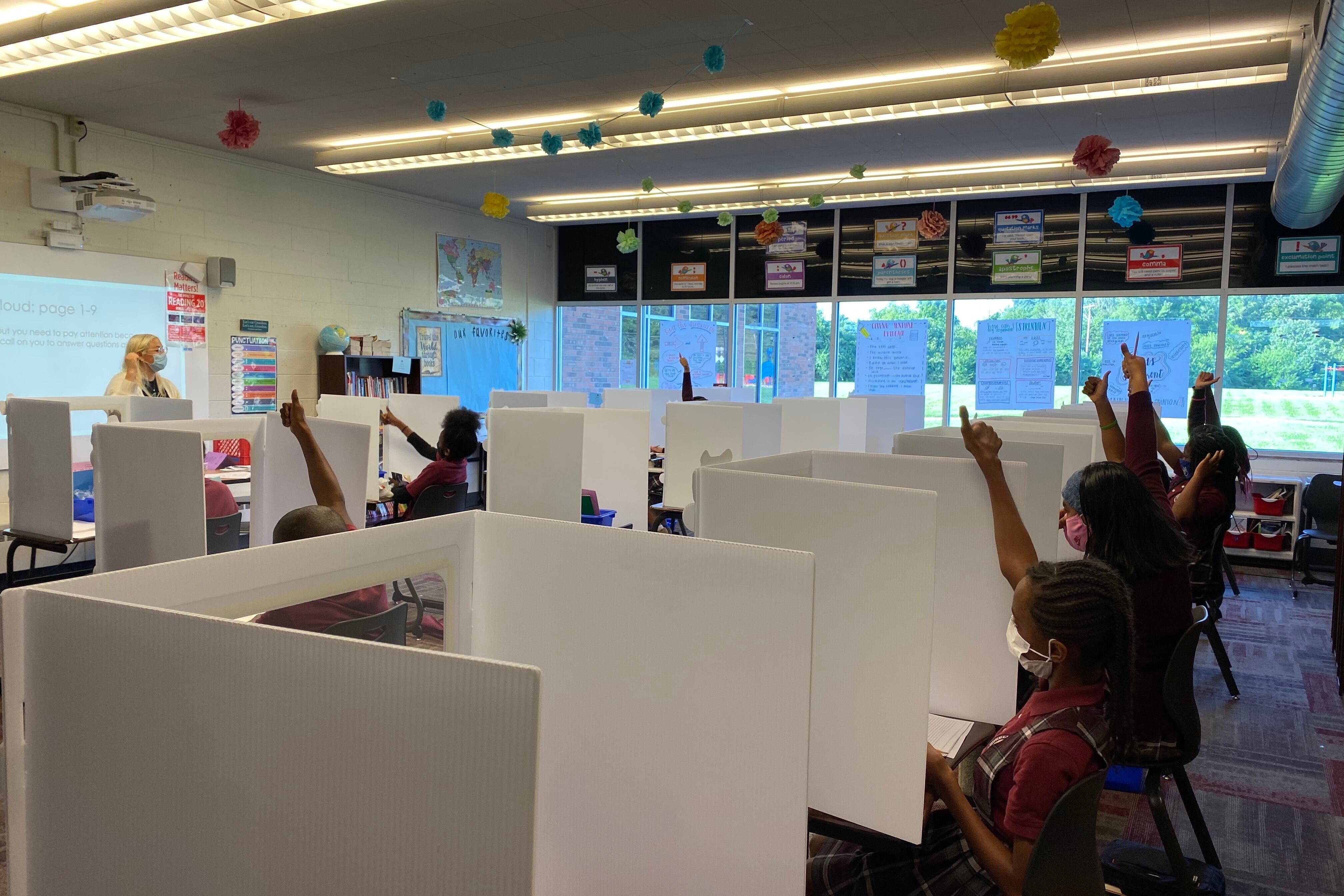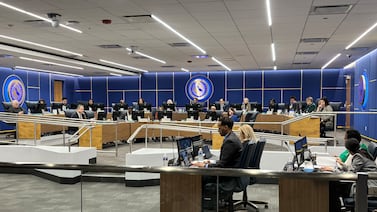Indiana schools will receive nearly $2 billion through the third round of federal pandemic stimulus funding, and most of that will go directly to districts and charter networks.
School leaders will have a lot of flexibility to determine how to spend the money, though the federal government has said they must use at least 20% to address learning gaps that have developed during the pandemic.
How would you like to see your district or charter school spend the money? What priorities should school leaders keep in mind? Tell us in the survey below.
If you are having trouble viewing this form on mobile, go here.






